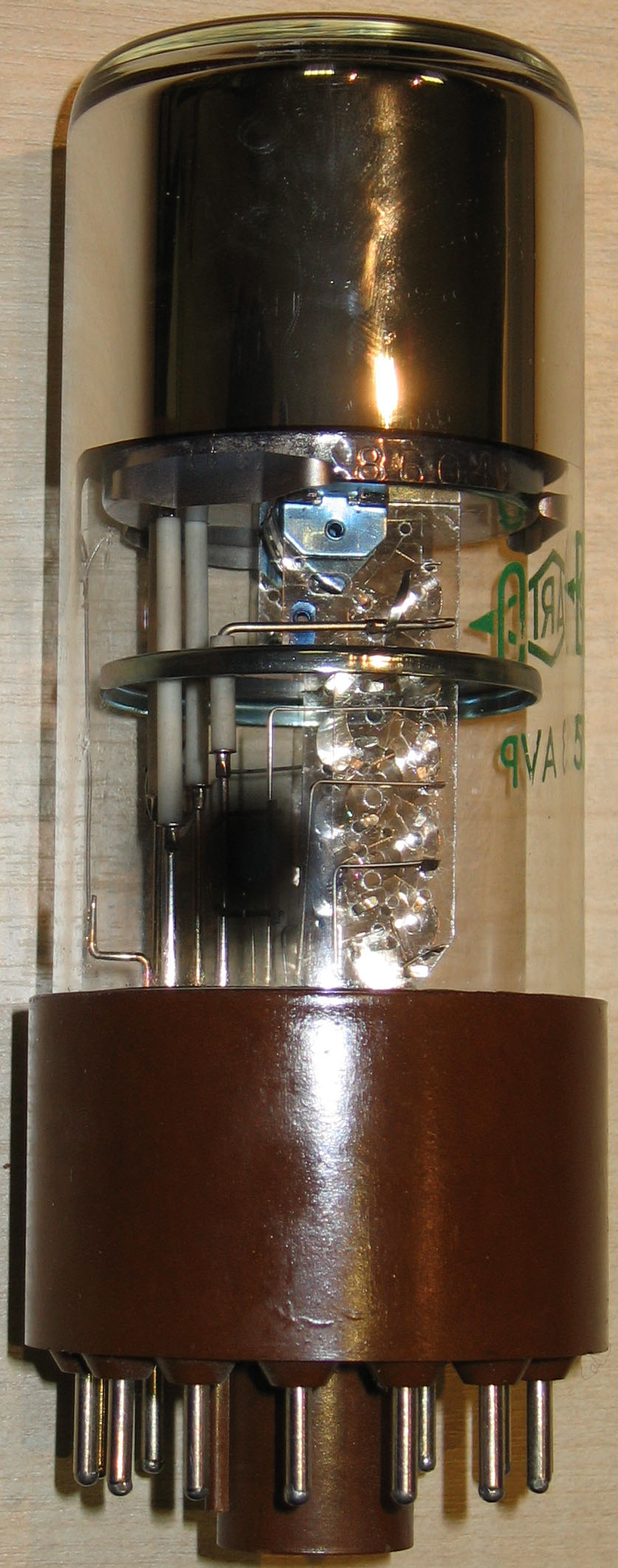The particular case of the double-slit experiment will be discussed at: single particle double slit experiment.
Detectors are generally called photomultipliers:
Bibliography:
- iopscience.iop.org/book/978-0-7503-3063-3.pdf Quantum Mechanics in the Single Photon Laboratory by Waseem, Ilahi and Anwar (2020)
How to use an SiPM - Experiment Video by SensLTech (2018)
Source. Single-photon detectors - Krister Shalm by Institute for Quantum Computing (2013)
Source. You can then detect one of the photons, and when you do you know that the other one is there as well and ready to be used. two photon interference experiment comes to mind, which is the basis of photonic quantum computer, where you need two photons to be produced at the exact same time to produce quantum entanglement.
Features Alan Migdall of the National Institute of Standards and Technology. Produced by the Joint Quantum Institute (JQI).
Mentions that this phenomena is useful to determine the efficiency of a single photon detector, as you have the second photon of the pair as a control.
Also briefly describes how the input energy and momentum must balance out the output energy and momentum of the two photons coming out (determined by the output frequency and angle).
Shows the crystal close up of the crystal branded "Cleveland Crystals Inc.". Mentions that only one in a billion photon gets scattered.
Also shows a photomultiplier tube.
Then shows their actual optical table setup, with two tunnels of adjustable angle to get photons with different properties.
Very short whiteboard video by Peter Mosley from the University of Bath, but it's worth it for newbs. Basically describes spontaneous parametric down-conversion.
One interesting thing he mentions is that you could get single photons by making your sunglasses thicker and thicker to reduce how many photons pass, but one big downside problem is that then you don't know when the photon is going to come through, that becomes essentially random, and then you can't use this technique if you need two photons at the same time, which is often the case, see also: two photon interference experiment.
Can be used to detect single photons.
Richard Feynman likes them, he describes the tube at Richard Feynman Quantum Electrodynamics Lecture at University of Auckland (1979) at one point.
It uses the photoelectric effect multiple times to produce a chain reaction. In particular, as mentioned at youtu.be/5V8VCFkAd0A?t=74 from Video 1. "Using a Photomultiplier to Detect single photons by Huygens Optics" this means that the device has a lowest sensitive light frequency, beyond which photons don't have enough energy to eject any electrons.
Using a Photomultiplier to Detect single photons by Huygens Optics
. Source. 2024. Wow this dude is amazing as usual. Unfortunately he's not using a single photon source, just an LED.Here is a vendor showcasing their device. They claim in that video that a single photon is produced and detected:
Concrete device described at: Video "How to use an SiPM - Experiment Video by SensLTech (2018)".
Can be achieved in two ways it seems:
- macroscopic beam splitter and optical table
- photolithography
Animation of Hong-Ou-Mandel Effect on a silicon like structure by Quantum Light University of Sheffield (2014): www.youtube.com/watch?v=ld2r2IMt4vg No maths, but gives the result clear: the photons are always on the same side.
- quantum dot source. TODO how do you produce identical photons from two separate quantum dots? See also: quantum dot single photon source.
- superconducting nanowire detector. So the device has to be cooled then? Video "Jeremy O'Brien: "Quantum Technologies" by GoogleTechTalks (2014)" youtube.com/watch?v=7wCBkAQYBZA&t=2497 however says that semiconducting devices can also be used
Articles by others on the same topic
There are currently no matching articles.
